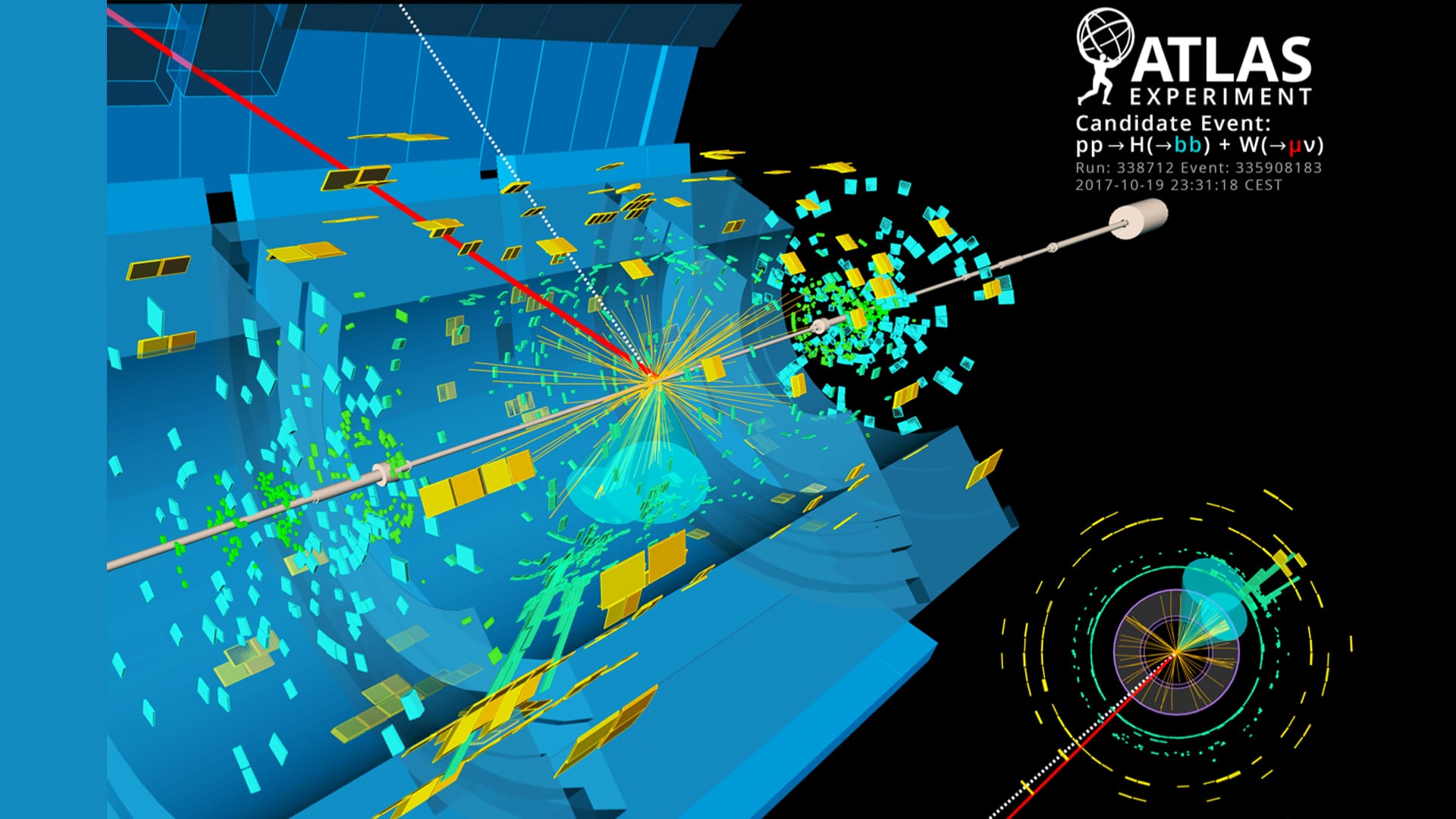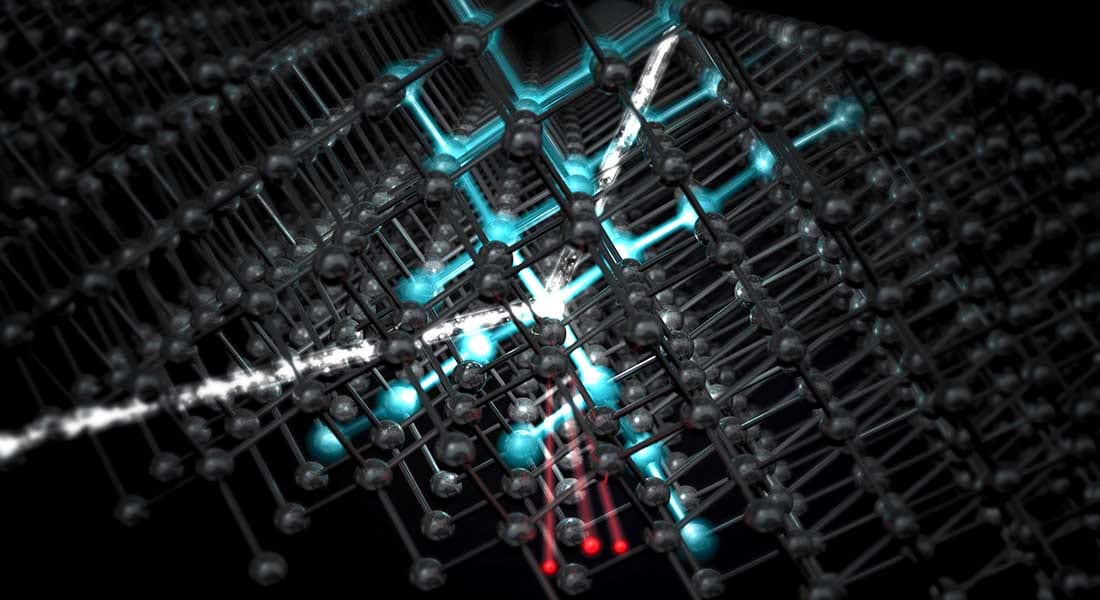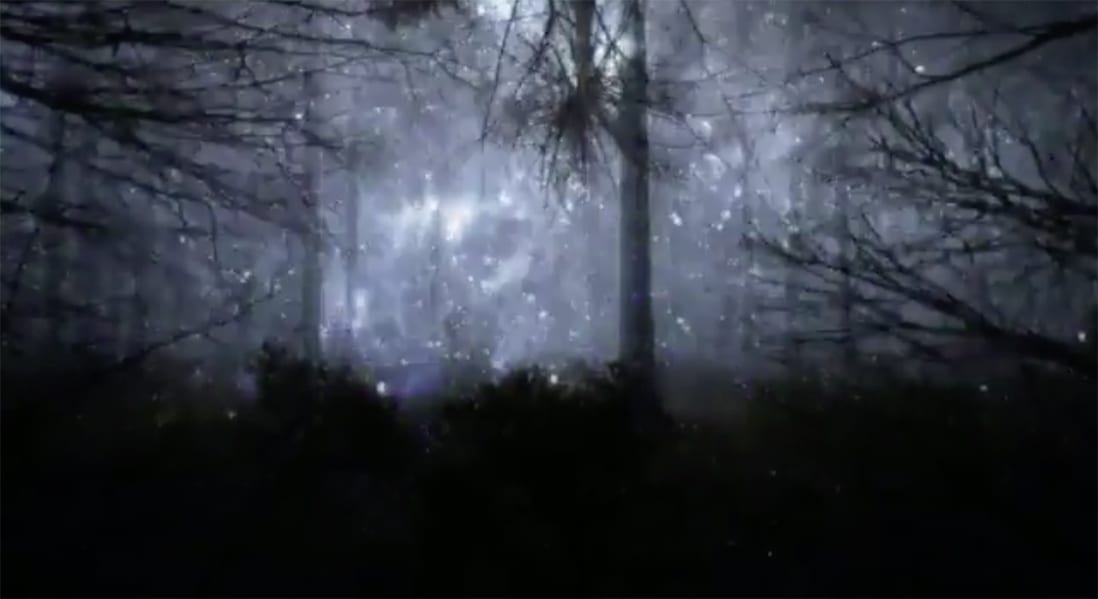SMU and other members of a scientific consortium prepare for installation of the Dark Energy Spectroscopic Instrument to survey the night sky from a mile-high mountain peak in Arizona
As part of a large scientific consortium studying dark energy, SMU physicists are on course to help create the largest 3-D map of the universe ever made.
The map will emerge from data gathered by the Dark Energy Spectroscopic Instrument (DESI) being installed on the Nicholas U. Mayall Telescope atop a mountain in Arizona.
The map could help solve the mystery of dark energy, which is driving the accelerating expansion of the universe.
DESI will capture about 10 times more data than a predecessor survey of space using an array of 5,000 swiveling robots. Each robot will be carefully choreographed to point a fiber-optic cable at a preprogrammed sequence of deep-space objects, including millions of galaxies and quasars, which are galaxies that harbor massive, actively feeding black holes.
“DESI will provide the first precise measures of the expansion history of the universe covering approximately the last 10 billion years,” said SMU physicist Robert Kehoe, a professor in the SMU Department of Physics. “This is most of the 13 billion year age of the universe, and it encompasses a critical period in which the universe went from being matter-dominated to dark-energy dominated.”
The universe was expanding, but at a slowing pace, until a few billion years ago, Kehoe said.
“Then the expansion started accelerating,” he said. “The unknown ‘dark energy’ driving that acceleration is now dominating the universe. Seeing this transition clearly will provide a critical test of ideas of what this dark energy is, and how it may tie into theories of gravitation and other fundamental forces.”
The Mayall telescope was originally commissioned 45 years ago to survey the night sky and record observations on glass photographic plates. The telescope is tucked inside a 14-story, 500-ton dome atop a mile-high peak at the National Science Foundation’s Kitt Peak National Observatory – part of the National Optical Astronomy Observatory.
SMU researchers have conducted observing with the Mayall. Decommissioning of that telescope allows for building DESI in it’s place, as well as reusing some parts of the telescope and adding major new sytems. As part of DESI, SMU is involved in development of software for operation of the experiment, as well as for data simulation to aid data anlysis.
“We are also involved in studying the ways in which observational effects impact the cosmology measurements DESI is pursuing,” Kehoe said. SMU graduate students Govinda Dhungana and Ryan Staten also work on DESI. A new addition to the SMU DESI team, post-doctoral researcher Sarah Eftekharzadeh, is working on the SMU software and has studied the same kinds of galaxies
DESI will be measuring.
Now the dome is closing on the previous science chapters of the 4-meter Mayall Telescope so that it can prepare for its new role in creating the 3-D map.
The temporary closure sets in motion the largest overhaul in the telescope’s history and sets the stage for the installation of the Dark Energy Spectroscopic Instrument, which will begin a five-year observing run next year.
“This day marks an enormous milestone for us,” said DESI Director Michael Levi of the Department of Energy’s Lawrence Berkeley National Laboratory , which leads the project’s international collaboration. “Now we remove the old equipment and start the yearlong process of putting the new stuff on.”
More than 465 researchers from about 71 institutions are participating in the DESI collaboration.
The entire top end of the telescope, which weighs as much as a school bus and houses the telescope’s secondary mirror and a large digital camera, will be removed and replaced with DESI instruments. A large crane will lift the telescope’s top end through the observing slit in its dome.
Besides providing new insights about the universe’s expansion and large-scale structure, DESI will also help to set limits on theories related to gravity and the formative stages of the universe, and could even provide new mass measurements for a variety of elusive yet abundant subatomic particles called neutrinos.
“One of the primary ways that we learn about the unseen universe is by its subtle effects on the clustering of galaxies,” said DESI collaboration co-spokesperson Daniel Eisenstein of Harvard University. “The new maps from DESI will provide an exquisite new level of sensitivity in our study of cosmology.”
Mayall’s sturdy construction is perfect platform for new 9-ton instrument
The Mayall Telescope has played an important role in many astronomical discoveries, including measurements supporting the discovery of dark energy and establishing the role of dark matter in the universe from measurements of galaxy rotation. Its observations have also been used in determining the scale and structure of the universe. Dark matter and dark energy together are believed to make up about 95 percent of all of the universe’s mass and energy.
It was one of the world’s largest optical telescopes at the time it was built, and because of its sturdy construction it is perfectly suited to carry the new 9-ton instrument.
“We started this project by surveying large telescopes to find one that had a suitable mirror and wouldn’t collapse under the weight of such a massive instrument,” said Berkeley Lab’s David Schlegel, a DESI project scientist.
Arjun Dey, the NOAO project scientist for DESI, explained, “The Mayall was precociously engineered like a battleship and designed with a wide field of view.”
The expansion of the telescope’s field-of-view will allow DESI to map out about one-third of the sky.
DESI will transform the speed of science with automated preprogrammed robots
Brenna Flaugher, a DESI project scientist who leads the astrophysics department at Fermi National Accelerator Laboratory, said DESI will transform the speed of science at the Mayall Telescope.
“The telescope was designed to carry a person at the top who aimed and steered it, but with DESI it’s all automated,” she said. “Instead of one at a time we can measure the velocities of 5,000 galaxies at a time – we will measure more than 30 million of them in our five-year survey.”
DESI will use an array of 5,000 swiveling robots, each carefully choreographed to point a fiber-optic cable at a preprogrammed sequence of deep-space objects, including millions of galaxies and quasars, which are galaxies that harbor massive, actively feeding black holes.
The fiber-optic cables will carry the light from these objects to 10 spectrographs, which are tools that will measure the properties of this light and help to pinpoint the objects’ distance and the rate at which they are moving away from us. DESI’s observations will provide a deep look into the early universe, up to about 11 billion years ago.
DESI will capture about 10 times more data than a predecessor survey
The cylindrical, fiber-toting robots, which will be embedded in a rounded metal unit called a focal plate, will reposition to capture a new exposure of the sky roughly every 20 minutes. The focal plane assembly, which is now being assembled at Berkeley Lab, is expected to be completed and delivered to Kitt Peak this year.
DESI will scan one-third of the sky and will capture about 10 times more data than a predecessor survey, the Baryon Oscillation Spectroscopic Survey (BOSS). That project relied on a manually rotated sequence of metal plates – with fibers plugged by hand into pre-drilled holes – to target objects.
All of DESI’s six lenses, each about a meter in diameter, are complete. They will be carefully stacked and aligned in a steel support structure and will ultimately ride with the focal plane atop the telescope.
Each of these lenses took shape from large blocks of glass. They have criss-crossed the globe to receive various treatments, including grinding, polishing, and coatings. It took about 3.5 years to produce each of the lenses, which now reside at University College London in the U.K. and will be shipped to the DESI site this spring.
Precise measurements of millions of galaxies will reveal effects of dark energy
The Mayall Telescope has most recently been enlisted in a DESI-supporting sky survey known as the Mayall z-Band Legacy Survey, which is one of four sky surveys that DESI will use to preselect its targeted sky objects. SMU astrophysicists carried out observing duties on that survey, which wrapped up just days ago on Feb. 11, to support the coming DESI scientific results.
Data from these surveys are analyzed at Berkeley Lab’s National Energy Research Scientific Computing Center, a DOE Office of Science User Facility. Data from these surveys have been released to the public at http://legacysurvey.org.
“We can see about a billion galaxies in the survey images, which is quite a bit of fun to explore,” Schlegel said. “The DESI instrument will precisely measure millions of those galaxies to see the effects of dark energy.”
Levi noted that there is already a lot of computing work underway at the Berkeley computing center to prepare for the stream of data that will pour out of DESI once it starts up.
“This project is all about generating huge quantities of data,” Levi said. “The data will go directly from the telescope to the Berkeley computing center for processing. We will create hundreds of universes in these computers and see which universe best fits our data.”
Installation of DESI’s components is expected to begin soon and to wrap up in April 2019, with first science observations planned in September 2019.
“Installing DESI on the Mayall will put the telescope at the heart of the next decade of discoveries in cosmology,” said Risa Wechsler, DESI collaboration co-spokesperson and associate professor of physics and astrophysics at SLAC National Accelerator Laboratory and Stanford University. “The amazing 3-D map it will measure may solve some of the biggest outstanding questions in cosmology, or surprise us and bring up new ones.” — Berkeley Lab and SMU




